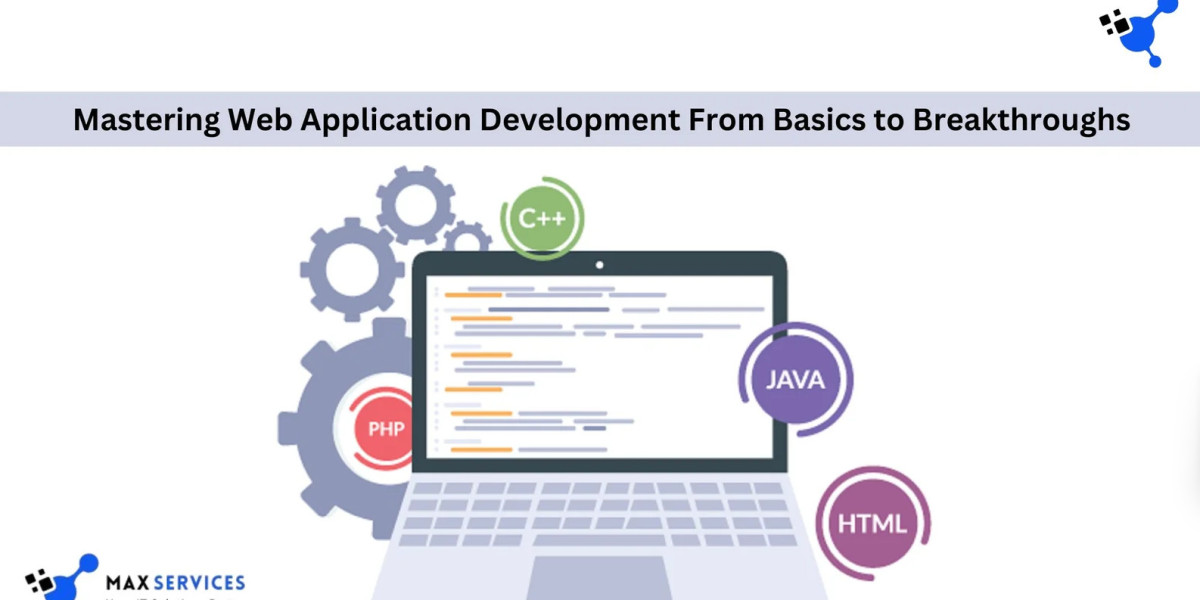The Evolution of Web Applications
The development of web applications has come a long way since the inception of the World Wide Web in the early 1990s. Initially, websites were static, composed of basic HTML pages with text and images. However, technological advancements have led to the creation of dynamic and interactive web applications.
1990s: Introduction of CGI (Common Gateway Interface), enabling server-side scripting.
2000s: Growth of server-side technologies such as PHP, ASP.NET, and JSP. The emergence of AJAX enabled asynchronous data exchange, improving responsiveness.
2010s: JavaScript frameworks like AngularJS, React, and Vue.js revolutionized front-end development.
2020s: Innovations such as Progressive Web Apps (PWAs), serverless architectures, and artificial intelligence integration are transforming web applications.
Types of Web Applications
Web applications vary based on their functionality and purpose. The most common types include:
Static Web Applications: Suitable for informational sites and portfolios, these apps offer minimal interactivity.
Dynamic Web Applications: These applications interact with databases to update content in real-time, such as social media platforms and e-commerce stores.
Single-Page Applications (SPAs): Built using technologies like React and Angular, SPAs load a single HTML page and update content dynamically without refreshing the entire page.
Progressive Web Applications (PWAs): PWAs combine web and mobile app functionalities, offering offline access, push notifications, and responsive design for a native-like experience.
E-commerce Web Applications: Designed for online shopping, these applications integrate product catalogs, payment gateways, shopping carts, and order tracking.
Enterprise Web Applications: These applications cater to businesses and organizations, including Customer Relationship Management (CRM), Enterprise Resource Planning (ERP), and Human Resource Management (HRM) systems.
Key Technologies in Web Application Development
Front-End Development
Key technologies include:
HTML (HyperText Markup Language): The foundation of web content.
CSS (Cascading Style Sheets): Used for styling and layout design.
JavaScript: Adds interactivity and dynamic elements.
Frameworks and Libraries: React, Angular, Vue.js, and Bootstrap enhance front-end functionality.
Back-End Development
Back-end technologies manage the server-side logic and database interactions:
Programming Languages: Python, Ruby, PHP, Java, and Node.js.
Frameworks: Laravel, Express.js, Spring Boot, Django, and Ruby on Rails.
Databases: MySQL, PostgreSQL, MongoDB, and Redis.
APIs (Application Programming Interfaces)
APIs enable communication between different software components, facilitating seamless data exchange.
DevOps and Cloud Services
Modern web development incorporates DevOps practices and cloud platforms such as AWS, Azure, and Google Cloud for scalability, security, and continuous deployment.
Security Technologies
Security is a critical aspect of web applications. Technologies like HTTPS, SSL/TLS, OAuth, and firewalls help protect user data and ensure privacy.
Web Application Development Methodologies
Waterfall Model: A traditional linear approach with sequential phases, including planning, design, development, testing, and deployment.
Agile Development: An iterative methodology emphasizing collaboration, adaptability, and incremental improvements.
DevOps: A practice that integrates development and operations teams to ensure continuous integration, delivery, and deployment.
Lean Development: Focuses on minimizing waste while maximizing value by prioritizing high-impact features.
Steps in Web Application Development
Planning
Define the application’s purpose and goals.
Conduct market research and identify the target audience.
Develop a project roadmap and timeline.
Designing
Create wireframes and prototypes.
Prioritize user experience (UX) and user interface (UI) design.
Development
Implement front-end and back-end coding.
Integrate databases and develop APIs.
Implement security measures.
Testing
Identify and resolve bugs.
Deployment
Host the application on a web server.
Utilize CI/CD pipelines for seamless deployment.
Maintenance and Updates
Monitor performance and user feedback.
Implement updates and new features as needed.
Challenges in Web Application Development
Scalability: Ensuring the application can handle increased traffic and data loads.
Security: Protecting against cyber threats such as SQL injection, cross-site scripting (XSS), and Distributed Denial-of-Service (DDoS) attacks.
Cross-Browser Compatibility: Ensuring smooth performance across different web browsers.
Performance Optimization: Enhancing speed and responsiveness by reducing load times.
User Experience: Designing an intuitive and engaging interface that meets user expectations.
Future Trends in Web Application Development
Artificial Intelligence and Machine Learning: AI-driven features such as chatbots, recommendation engines, and predictive analytics are becoming standard.
Serverless Architecture: Reduces infrastructure management complexity and cost by enabling cloud-based execution.
WebAssembly (Wasm): Allows high-performance applications like games and video editing tools to run in web browsers.
IoT Integration: Web applications are increasingly being used to control and monitor Internet of Things (IoT) devices.
Blockchain Technology: Enhances security and transparency, particularly in finance and supply chain management applications.
Conclusion
Web application development is a constantly evolving field that shapes modern digital interactions. By leveraging the right technologies, methodologies, and best practices, developers can build scalable, secure, and innovative web applications that cater to diverse user needs. As technology continues to advance, the future holds even more promising opportunities for web application development.








